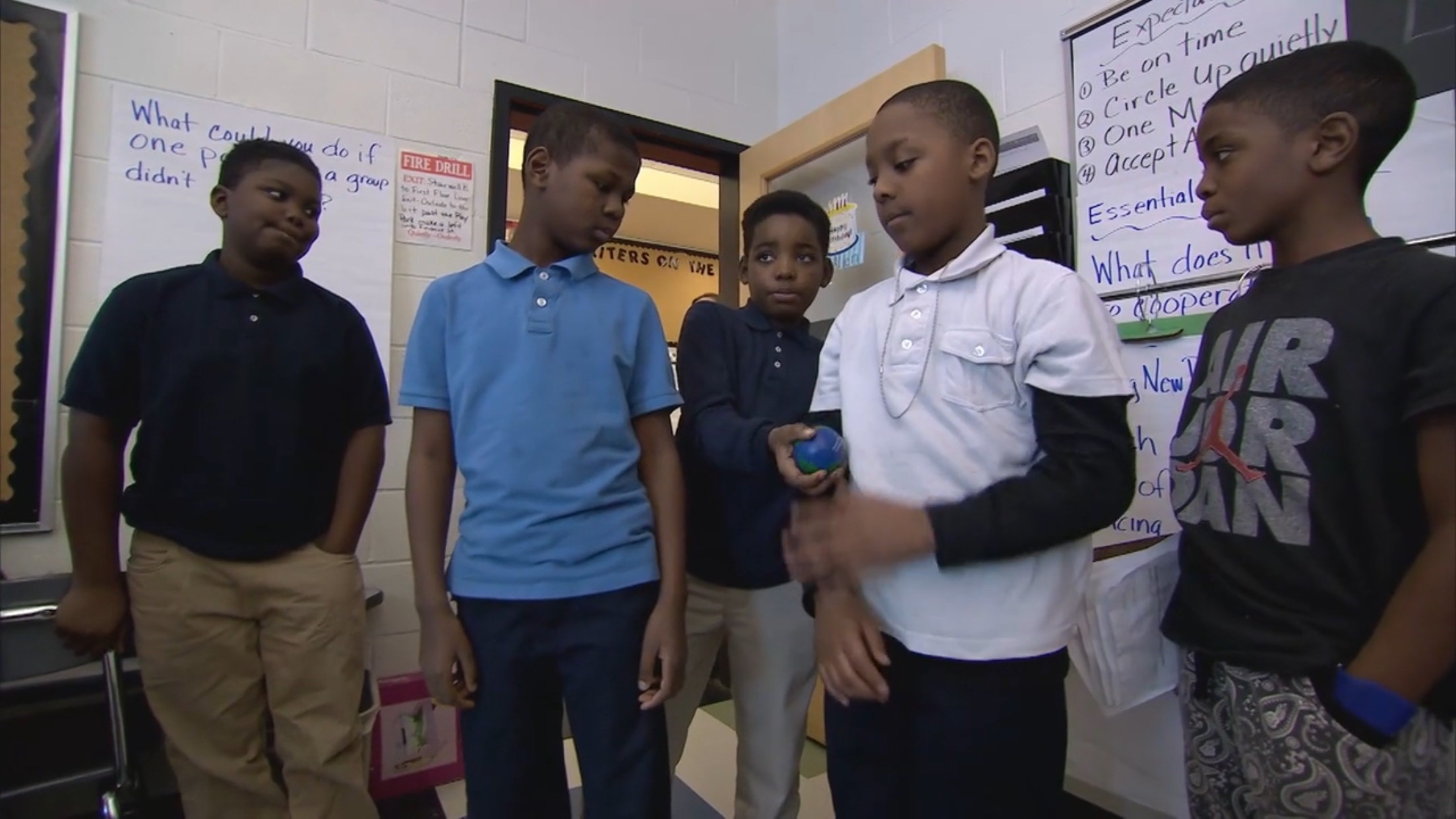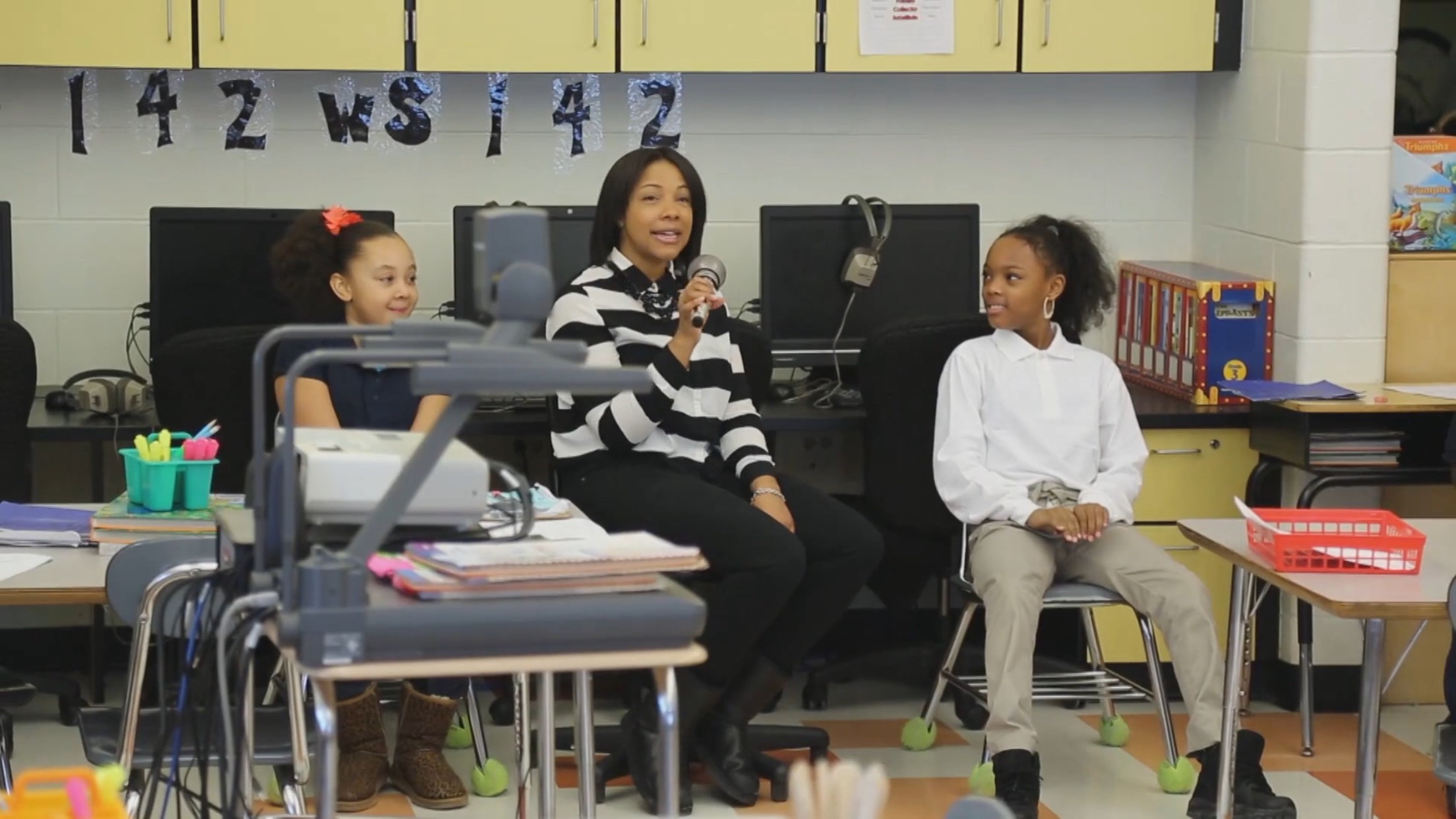 Pittsburgh Public Schools (PPS) brought the IIRP’s SaferSanerSchools Whole-School Change Program to 22 schools, from 2014 to 2017, thanks to a grant from the U.S. Department of Justice Comprehensive School Safety Initiative. The RAND Corporation has been studying the project — a randomized controlled trial of restorative practices implementation — and will be producing a final report in spring 2018. Meanwhile, PPS has announced it is making a commitment to continuing the use of restorative practices in the 22 schools, as well as expanding their use to all district schools over the next two school years.
Pittsburgh Public Schools (PPS) brought the IIRP’s SaferSanerSchools Whole-School Change Program to 22 schools, from 2014 to 2017, thanks to a grant from the U.S. Department of Justice Comprehensive School Safety Initiative. The RAND Corporation has been studying the project — a randomized controlled trial of restorative practices implementation — and will be producing a final report in spring 2018. Meanwhile, PPS has announced it is making a commitment to continuing the use of restorative practices in the 22 schools, as well as expanding their use to all district schools over the next two school years.
“Restorative practices provide a structure that builds community among students and staff and provides a way for students to restore themselves to the community following misconduct,” explains PPS Superintendent Anthony Hamlet.
Christine Cray, PPS Director of Student Services Reforms, adds, “There’s a moral imperative to follow best practice. If you find something that works, you have to do it.”
At the 23rd IIRP World Conference, Learning in the 21st Century: A Restorative Vision, a panel including Cray, RAND Research Programmer Geoffrey Grimm, IIRP Director of Continuing Education Keith Hickman and Pittsburgh Langley K-8 Principal Rodney Necciai, Ed.D., will share preliminary survey findings of the data collected by the IIRP during the two-year implementation.
The intention of the RAND research has been to provide learning around how to improve whole-school implementation. One element that separates the IIRP’s SaferSanerSchools Whole-School Change Program from other restorative practices training models is the emphasis on creating professional learning groups (PLGs) among school staff and administration to foster adult learning and peer support within each building. During the panel, the speakers will restrict their discussion to the implications of the school survey data, not to the broader observations and data collected by RAND for its final report.
“Our reading of the school surveys we conducted shows that the PLGs helped to build staff community and understanding around restorative practices,” says IIRP Director of Continuing Education Keith Hickman. “More than 40 percent of staff reported engaging in proactive circles, impromptu conferences, affective statements and restorative questions with students as part of their normal routine. This is encouraging, as I believe that over time more staff will see restorative practices as central to the climate and culture of their schools.”
Cray adds she is hopeful that RAND's study will demonstrate restorative practices’ potential for eroding discipline disparities that exist between diverse student populations, and for providing academic benefits and increased attendance for students and teachers. “Students, parents and teachers are happier and healthier when they have a place and space for their voices to be heard,” she says.
 A teacher speaks during a talking circleDorreen Allen, Restorative Practices Liaison at Faison K-5, which serves about 500 students in one of the poorest neighborhoods in Pittsburgh, employed restorative practices to rethink the practice of assigning lunch detention to students who caused disruptions or got into fights. Instead, she holds three “restorative lunch” sessions, where 15-20 students eat together in a classroom while participating in activities to learn new and different ways to handle problems.
A teacher speaks during a talking circleDorreen Allen, Restorative Practices Liaison at Faison K-5, which serves about 500 students in one of the poorest neighborhoods in Pittsburgh, employed restorative practices to rethink the practice of assigning lunch detention to students who caused disruptions or got into fights. Instead, she holds three “restorative lunch” sessions, where 15-20 students eat together in a classroom while participating in activities to learn new and different ways to handle problems.
Says Allen, “Kids love it because they get a chance to come in and fix things themselves. It gives them a voice to talk about a situation they are having and get advice from peers or myself.”
Giving students time and space to talk about their lives hit home during one talking circle, when a girl in 4th grade told the group about her plan to commit suicide. As a result of that circle, the girl was able to receive residential treatment before returning successfully to school.
“We take circle time very seriously,” adds Allen. “It’s a time to connect, to flesh out what’s really going on in a young person’s life.”
Cray explains that restorative practices have helped administrators provide more specific instruction to teachers in how to solve problems. “We used to say, if you’re having trouble in your class, talk to the kids more. But that’s not specific about what to say or how to say it. Now we can say, for example, 'use a proactive circle.’ We provide tangible strategies.”
Allen says she encourages teachers to hold impromptu conferences with students when issues come up. “Make sure you use affective statements,” she counsels. “That’s when you hit home with a kid, when you say, ‘That’s how you make me feel.’”
With the promise of district-wide implementation, Cray says she looks forward to the day restorative practices becomes the norm for building community and responding to wrongdoing in schools throughout the city. The practices have already spread to Summer Dreamers Academy, a program that pulls together staff from across the city. Teachers trained in restorative practices have spontaneously shared their practices with others who haven’t been trained yet. And staff are resolving their own conflicts through restorative processes.
When the RAND study comes out next year, it will be the largest study to date on restorative practices initiatives in schools. “Although we don't yet know the report's final outcomes, people know the power of this work, the benefit of this work. They believe in this work. We have the support of the Superintendent and the Board,” concludes Cray. “We will be looking to the study to improve implementation moving forward.”
